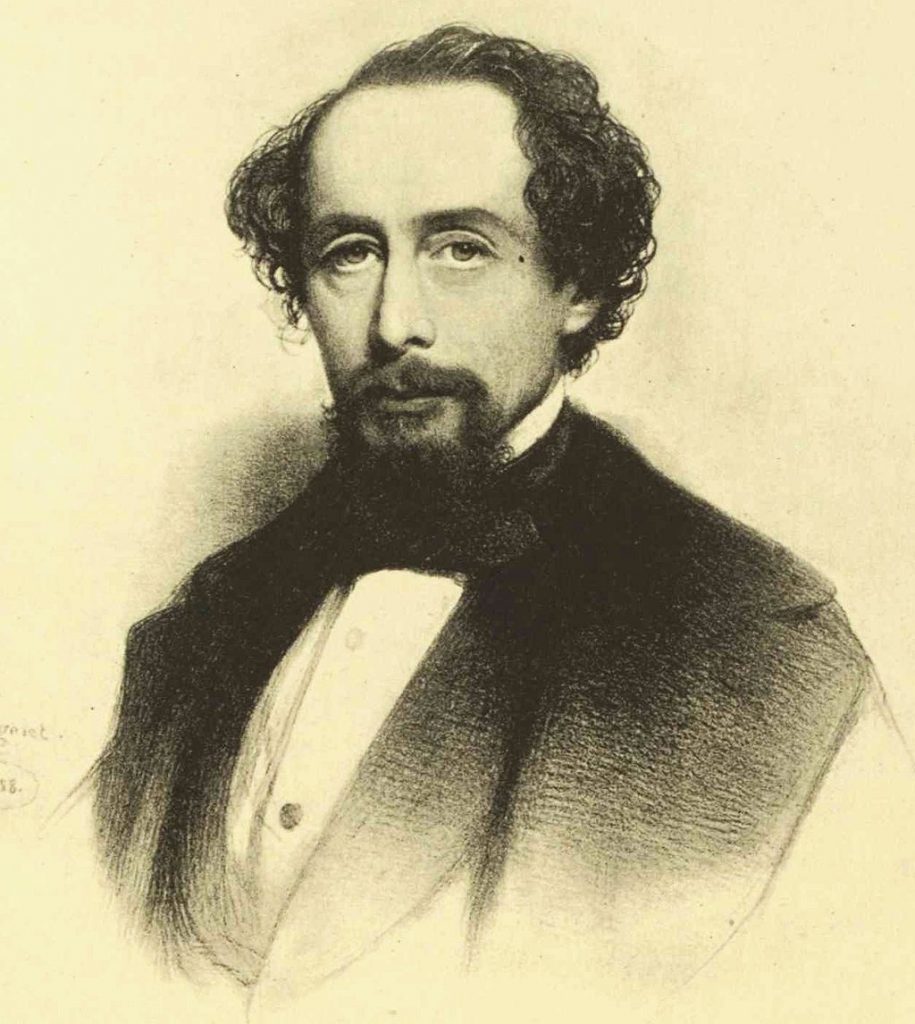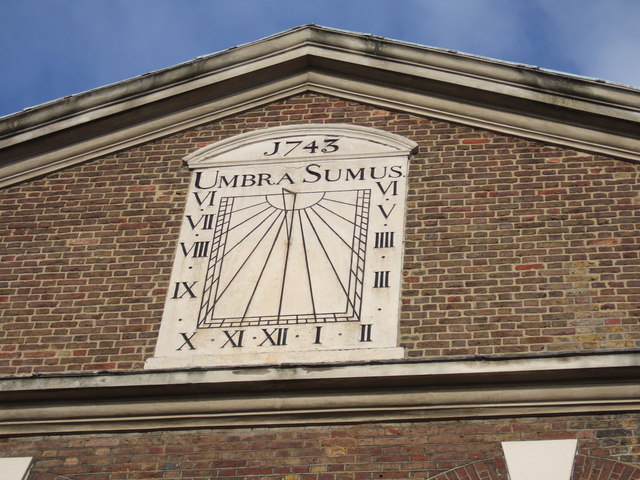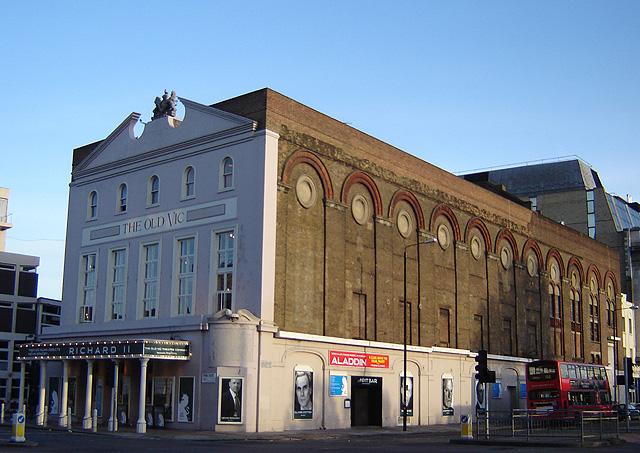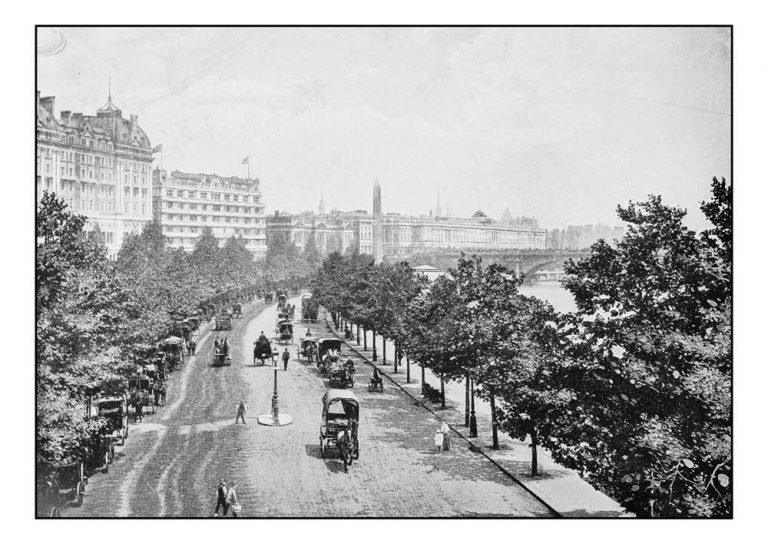Charles Dickens, one of our greatest authors, had a huge, real-life canvas to draw on when he created his novels; the London that cropped up in so many of his writings was growing apace as the Industrial Revolution took hold.
In his relatively short life he lived in countless places all over the city. Only one in the capital survives, the house in Doughty Street – now a museum – where he wrote three novels. The parts he knew and wove into the backdrop of his storylines were dirty, smelly and crowded. But they were to have their uses.
His first taste of London came through a family disaster in 1821. His father, John, lost his job in the navy pay office following a shakeup in the Admiralty. It was to change the son’s life forever. The family was forced to move from a comfortable life in Chatham in Kent to Camden Town in London.
Three years later, Dickens’ parents were in the Marshalsea Debtors’ Prison, and the 12-year-old began the most miserable period of his existence. He was forced to give up school and work in a blacking factory underneath the arches at the side of the present-day Charing Cross railway station off Villiers Street. He lived alone in lodgings in Camden Town, and on Sundays walked all the way to Southwark to visit his parents at the infamous debtors’ jail that was near where St George’s Church now is.
But the boy’s fertile imagination held the terrible images he witnessed, and in later years redrew them into his novel, Little Dorrit. In his story, the heroine of the same name was born in the prison.
Later he became a solicitor’s clerk in Gray’s Inn. It was a profession he held in contempt, and again, the photographic memory held the images, and years later, re-jigged them into fiction. “The law is a ass”, put in the mouth of Mr Bumble in Oliver Twist, perhaps summed up his feelings best.
Dickens then became a newspaper reporter toiling away in a Fleet Street where many of today’s landmarks such as Ye OIde Cheshire Cheese pub and St Bride’s Church would have been as familiar to him as to his successors. He taught himself shorthand – the curse of all modern-day journalists – and became a familiar figure in the press gallery of the House of Commons.
And as his novel writing career developed, so he continued to weave the sights, sounds and smells of London into his works.
St Michael’s in Cornhill was the church he had in mind when the bells rang in each new scene in A Christmas Carol. The group of dingy arches underneath London Bridge was the murder scene where Bill Sikes battered big-hearted prostitute Nancy to death in Oliver Twist. The fictional murderer met his end in another slum at Jacob’s Island in Bermondsey. And the shadowy area of Saffron Hill near Farringdon Road, then a no-go slum area, was Fagin’s den in Oliver Twist.
Dickens was a social commentator who wasn’t afraid to speak out about the terrible living conditions he witnessed and experienced. But he wasn’t a saint either. He was in love with his sister-in-law, Mary Hogarth. He left his long-suffering wife, Catherine, for the young actress, Nellie Ternan, who was 27 years his junior.”
He attracted this sort of scandal right to the end. One story doing the rounds was that he died during a visit to Nellie at the house he’d bought for her in south London. So in order to maintain his reputation as a saintly man – and no doubt protect her own – she called on some trusted men, swore them to secrecy and got them to bundle his corpse into a carriage and have him whizzed back to his home in Gad’s Hill!
Dickens was a secretive man who went to extraordinary lengths to conceal his private life – but attracted just as much fake news in the manner of his passing as modern celebrities do now.




